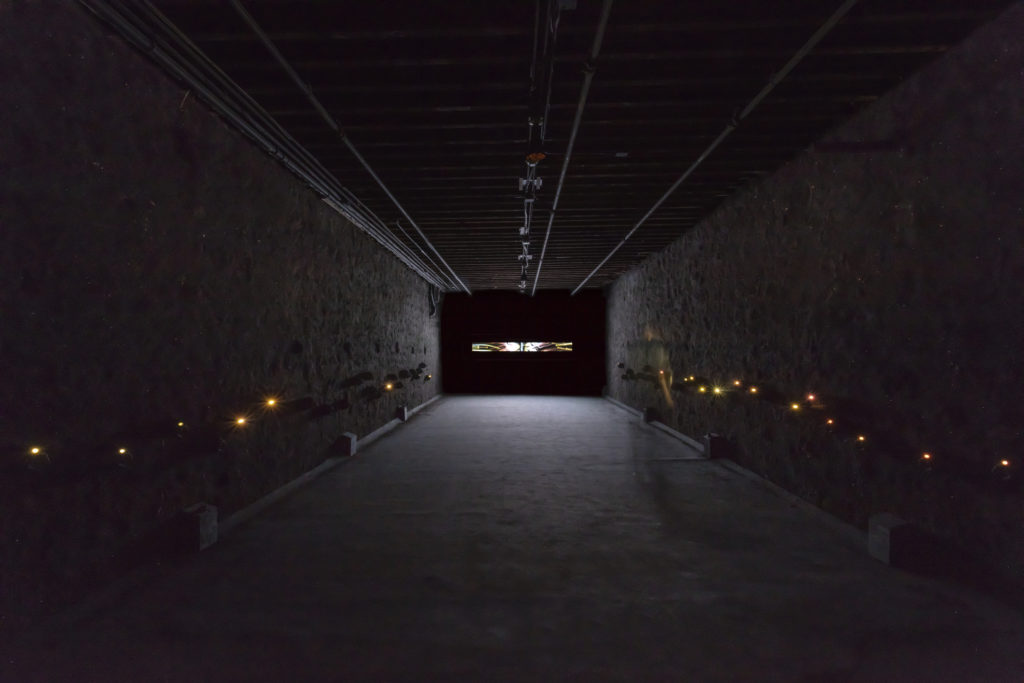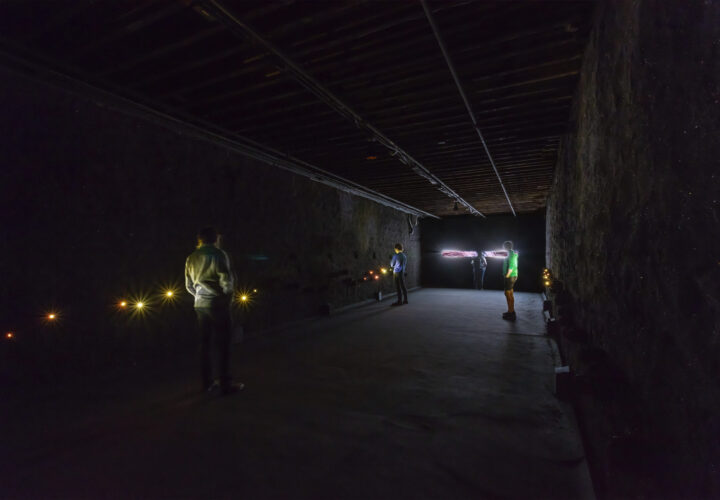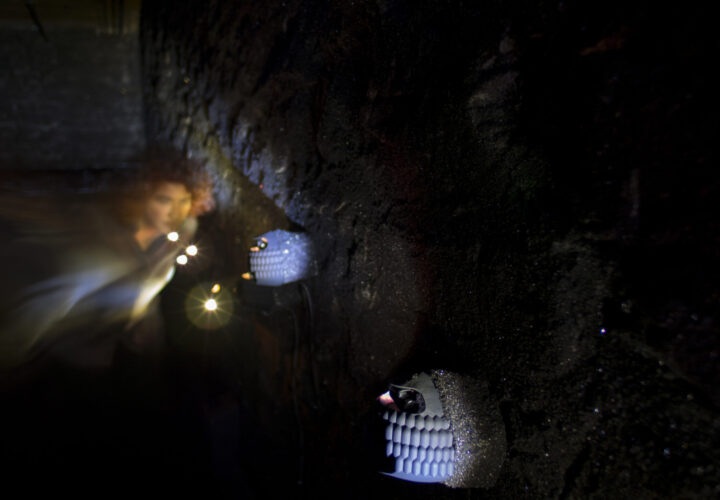
Laleh Mehran, a professor of emergent digital practices at the University of Denver, was a 2018 resident at the Mattress Factory in Pittsburgh. Her site-specific installation, The Interstitium, created with Chris Coleman, is still on view at the museum. Here, Mehran discusses the philosophy behind her work, why she gravitates toward time-based media, and how viewers have reacted to the immersive experience of her installation.
“I come from a family of scientists. I didn’t grow up as the art kid. At undergrad, I was pre-med. I told the dean at my school that I was interested in form and space, and he recommended that I take a couple of art classes. I finished with a degree in creative photography. I am still fond of photography, but my work makes more sense to me if there’s a duration attached to it somehow. So I taught myself video art and went to graduate school.
I feel a symbiotic relationship with installation art. A lot of my work is in collaboration with the space. The one at the Mattress Factory derived from the site and would not exist if I had been given another room. To make an environment that you navigate through is a powerful way to have a conversation. For example, if you go to another country and you’re immersed in that culture, hopefully you leave with an empathetic understanding of the place. That’s why for me installations are so powerful. They allow me to create a full-sensory presence that will give an opening for a dialogue about deep-rooted ideologies that inform how we navigate through the world and treat other people.
The Interstitium is in the basement of the Mattress Factory. The viewer enters a dark room—as they walk through, their presence activates a series of lights that line the walls. The walls of the installation are made out of coal slag from the region. A video at the back of the space shows particles coming together and exploding, and then starting over again. As you walk through the installation, the tiny light sensors cause your shadow can grow, multiply, and collapse.
When conceptualizing the piece, I imagined things emerging from the walls. I wanted visitors to feel like they were witnessing an excavation, discovering ancient beings who had been there all along. These beings are aware of you and follow you. They have power and knowledge beyond where humans are right now. They’re in a position to tell us what’s happening, where things are coming from, and where they’re going.
My cousin told me about an ancient Persian word, Boroosh, which roughly translates to ‘glimmer of light.’ It has hopeful connotations, and I wanted to name the lights something that sounded pleasant to create a positive space. The light sensors are low, almost on the ground. I wanted them there so people can’t escape them—it’s not like you’re waving your arms or jumping up and down to activate the lights. Instead, you feel connected to the space, and hopefully to the world around you, and therefore responsible for it. There’s something about your presence as you go through the installation that references how we used to come up with these stories and ideologies in caves, how we behave in our daily lives.”



